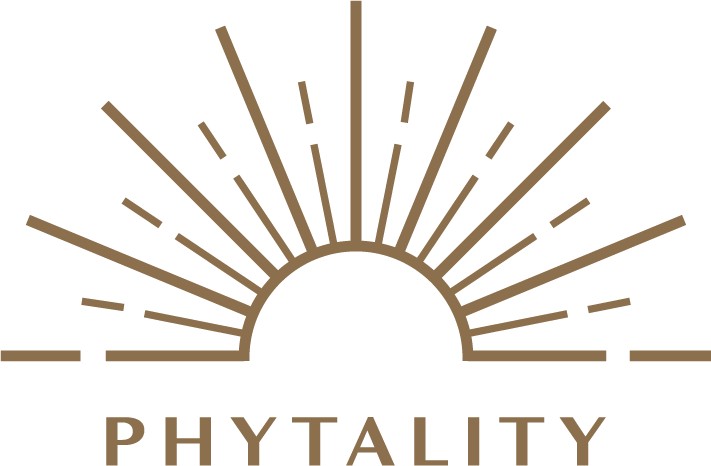
Omega-3 fatty acids are crucial for your health, but what if you don't eat fish? Contrary to popular belief, fish isn't the only source. This article aims to provide science-backed alternatives to obtaining Omega-3, suitable for various diets and lifestyles. Whether it's due to allergy constraints, ethical considerations, or personal preferences, you have options. Let's delve into them
What Are Fish-Free Ways to Get Your Omega-3s
The most effective fish-free source of Omega-3 fatty acids, specifically the long-chain forms DHA and EPA, is algal oil. It is derived from algae and provides these essential nutrients in a form that is readily absorbed by the body.
Algal oil comes in various formats, most commonly as softgels or liquid droppers, making it easy to incorporate into your daily routine. When selecting an algal oil product, ensure that it has been third-party tested for purity and potency. The label should clearly indicate the amounts of DHA and EPA per serving. This source is particularly advantageous because it eliminates the need for the body to convert these fatty acids from other forms, providing a direct and efficient source of these vital nutrients.
Beyond algal oil, other plant-based options include flaxseeds, chia seeds, walnuts, hemp seeds, and edamame, which primarily contain the shorter-chain Omega-3 fatty acid ALA. There are also alternative animal-based sources such as Omega-3 enriched eggs and grass-fed meat. These options offer varying amounts of ALA, DHA, and EPA, but usually require the body to undertake some level of conversion to produce the more bioactive forms of Omega-3.
How Much Omega is Best if I Don't Eat Fish
The recommended daily intake of Omega-3 fatty acids for adults who don't consume fish varies depending on several factors such as age, health status, and individual nutritional needs. However, a general guideline suggests aiming for at least 250-500 mg combined EPA and DHA per day. If you're relying on algal oil, this typically translates to one or two standard supplement capsules daily, but always consult the specific product's labeling for accurate dosage information.
It's worth noting that the conversion rate of ALA to EPA and DHA is relatively low. Therefore, if you're relying on plant-based sources like flaxseeds or chia seeds, you would need to consume a higher amount to meet your Omega-3 needs. For instance, you might need as much as a tablespoon of flaxseed oil or two tablespoons of ground flaxseeds to approach the recommended levels of EPA and DHA through conversion.
Plant-Based Alternatives to Omega-3 Fatty Acids
lant-based alternatives to omega-3 fatty acids are increasingly sought after, especially by those following vegetarian or vegan diets. The primary sources of omega-3 in a plant-based diet include:
-
Flaxseeds: Flaxseeds and flaxseed oil are among the richest plant sources of alpha-linolenic acid (ALA), a precursor to the omega-3 fatty acids found in fish oil.
-
Chia Seeds: These tiny seeds are also high in ALA omega-3 fats and can be easily added to various foods.
-
Walnuts: Walnuts are a convenient snack and a great addition to many dishes, providing a significant amount of ALA.
-
Hemp Seeds: In addition to omega-3s, hemp seeds are rich in protein and other nutrients.
-
Algal Oil: Derived from algae, algal oil is a vegan source of eicosapentaenoic acid (EPA) and docosahexaenoic acid (DHA), the types of omega-3s found in fish oil.
-
Brussels Sprouts: When cooked, these vegetables provide a small amount of ALA.
-
Perilla Oil: Common in Korean cuisine, perilla oil is rich in ALA and can be used in cooking or as a dressing.
-
Algae-based Supplements: For those who do not consume fish, algae-based supplements are an effective way to obtain DHA and EPA.
FAQs on Omega-3 Without Fish Consumption
What Are Fish-Free Sources of Omega-3?
The most effective fish-free source of long-chain Omega-3 fatty acids, DHA and EPA, is algal oil. Other plant-based sources include flaxseeds, chia seeds, walnuts, hemp seeds, and edamame. Alternative animal-based options are Omega-3 enriched eggs and grass-fed meat.
How Much Omega-3 is Recommended if I Don't Eat Fish?
A general guideline suggests aiming for at least 250-500 mg of combined EPA and DHA per day. The actual amount may vary depending on individual health conditions and nutritional needs.
Is Algal Oil a Reliable Source of Omega-3?
Yes, algal oil is a reliable and effective source of long-chain Omega-3 fatty acids like DHA and often contains EPA. It is readily absorbed by the body and is an excellent option for those who do not consume fish.
What Should I Look for When Buying Algal Oil Supplements?
Choose algal oil products that are third-party tested for purity and potency. The label should clearly indicate the amounts of DHA and EPA per serving.
Can I Get Enough Omega-3 from Plant-Based Sources?
While plant-based sources like flaxseeds and chia seeds contain Omega-3 in the form of ALA, the body needs to convert ALA to the more bioactive forms, DHA and EPA. The conversion rate is relatively low, so you may need to consume larger amounts of these foods to meet your Omega-3 needs.
Do Omega-3 Fortified Foods Provide Enough Omega-3?
Foods fortified with Omega-3, such as certain brands of milk and juice, can contribute to your daily intake but may not provide sufficient amounts of the long-chain forms, DHA and EPA. Always check the label for specific information.
